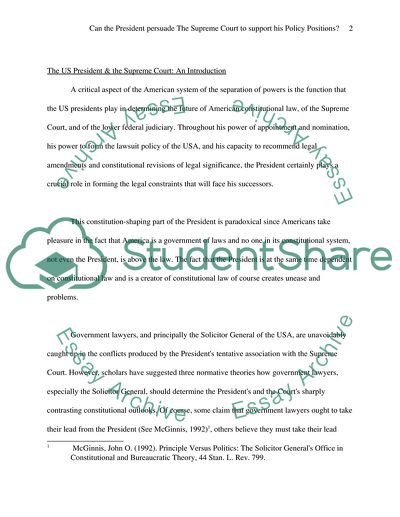Cite this document
(Can the President Persuade The Supreme Court to Support His Policy Pos Case Study, n.d.)
Can the President Persuade The Supreme Court to Support His Policy Pos Case Study. Retrieved from https://studentshare.org/politics/1544872-can-the-president-persuade-the-supreme-court-to-support-his-policy-positions
Can the President Persuade The Supreme Court to Support His Policy Pos Case Study. Retrieved from https://studentshare.org/politics/1544872-can-the-president-persuade-the-supreme-court-to-support-his-policy-positions
(Can the President Persuade The Supreme Court to Support His Policy Pos Case Study)
Can the President Persuade The Supreme Court to Support His Policy Pos Case Study. https://studentshare.org/politics/1544872-can-the-president-persuade-the-supreme-court-to-support-his-policy-positions.
Can the President Persuade The Supreme Court to Support His Policy Pos Case Study. https://studentshare.org/politics/1544872-can-the-president-persuade-the-supreme-court-to-support-his-policy-positions.
“Can the President Persuade The Supreme Court to Support His Policy Pos Case Study”, n.d. https://studentshare.org/politics/1544872-can-the-president-persuade-the-supreme-court-to-support-his-policy-positions.


